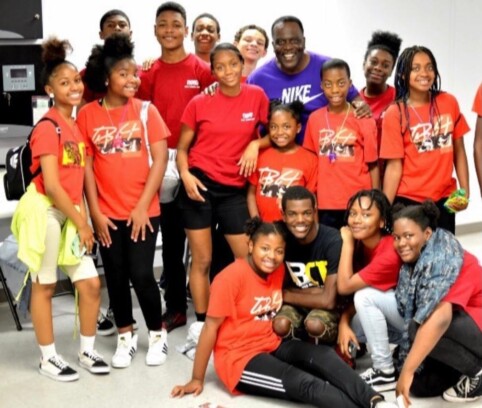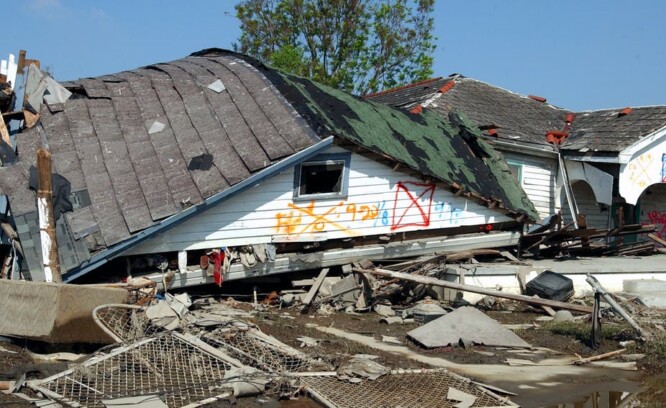Renetta Burrell Perry Data News Weekly Contributor
Everyone in the world can identify with B.C. and A.C. as the designations of Before Christ and After Christ, but New Orleanians have our own very personal designations to be reckoned with: B.K. and A.K. Before Katrina and After Katrina. Sixteen years ago, when news was spread that a tropical depression was forming over the Bahamas, New Orleanians weren’t overly concerned. This was all-too-commonplace, that a storm was forming, and only God knew where it would end up. That was around August 23, 2005. But the next day, the storm had threatened the State of Florida and was given its own name – Hurricane Katrina. In the days to follow, the storm had its way with Florida (killing 14 people) and wound up in the Gulf of Mexico, where it threatened the State of Louisiana and was upgraded from a Category 3 to a Category 5 hurricane. When it made landfall on August 29th, as a Cat 3, it claimed utter devastation to both Louisiana and Mississippi, racking up a tally of nearly 2,000 lives lost and a price tag of $96 billion dollars in damages.
Statistically, Hurricane Katrina will go down in history as one of the worst hurricanes in modern day history. Over 1,500 people lost their lives in Louisiana alone, many of whom died horrible deaths, drowning in their own homes, atop their own rooftops, and in their own attics, where they sought refuge from the rising waters which reached heights of 15-plus feet in many areas. New Orleans bore the brunt of that misery. The blame was plentiful, from the President’s and FEMA’s mishandling of the disaster to the U.S. Army Corps of Engineers and the breaching of the 17th Street Canal. Many theories surfaced, some surrounding the 17th Street Canal and the MRGO (Mississippi River Gulf Outlet) being purposely blown to shift waters towards the heavily African American populated Lower Ninth Ward and New Orleans East areas and away from more affluent areas of the City.
But blame and theories aside, the facts were astonishing, shocking, and anguishing. Over 300,000 homes were flooded in the city and over 700,000 citizens were displaced. Amid the mold, debris and aftermath of a city that had sustained what no other major American city had, pockets of hope could still be found then and are still found now.
Fast forward to 2021 and our city remains influx with tourists, even within the confines of a Global Pandemic, and the remnants of Hurricane Katrina are hard to find. Sure, the landscape of the city has changed drastically to those of us who remember it B.K. (prompting the A.K. created phrase, “Ain’t Dere No More”), but the heartbeat of the city still resonates a steady, staccato beat; and our colors are still Purple, Green, and Gold and Black and Gold. We are still plagued with the turbulent misfortunes that most major cities are faced with crime, homelessness, joblessness, and the like, but we still greet passersby with a smile and a heartfelt “good morning” or “good evening.”
Perhaps it’s the heavy dose of southern hospitality that runs through our veins, or maybe it’s our innate, laissez fare spirit that enables this strong and steady resilience. Whatever the case, the element that has kept New Orleans alive and relevant A.K. will continue to keep it alive and relevant for many more years to come. That element, that “je ne sais quoi”, is its people. And as long as we are here with all of our magic, New Orleans ain’t going nowhere, anytime soon.
Recommended For You.










Be the first to comment